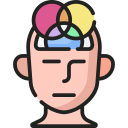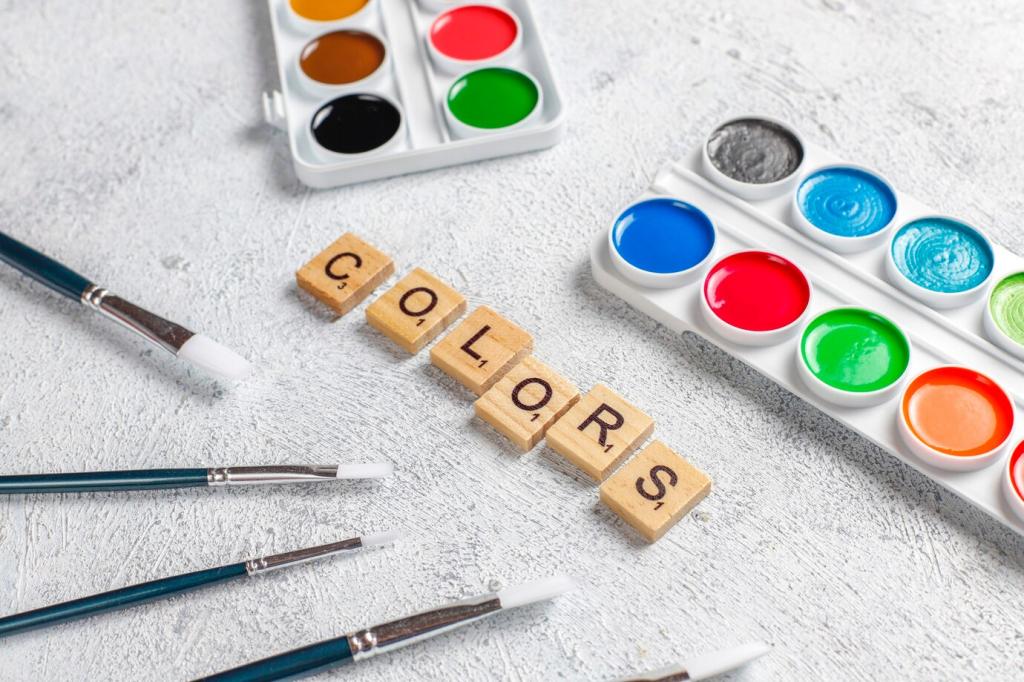
Your Brain on Color: How the Brain Interprets Colors
Chosen theme: How the Brain Interprets Colors. Step into the living spectrum where photons meet neurons, and perception transforms light into meaning, emotion, and memory. Subscribe, share your experiences with color illusions, and join our curious community.
From Photons to Perception
Three types of cone cells, tuned to long, medium, and short wavelengths, collaborate with rods in low light to encode the world’s energy. Their tiny electrical shifts begin the brain’s long conversation about what a color might be.
From Photons to Perception
Signals leave the retina through ganglion cells, pass the lateral geniculate nucleus like careful couriers, and arrive in primary visual cortex, where edges, contrasts, and hues are mapped. Every relay refines possibilities into more stable percepts.
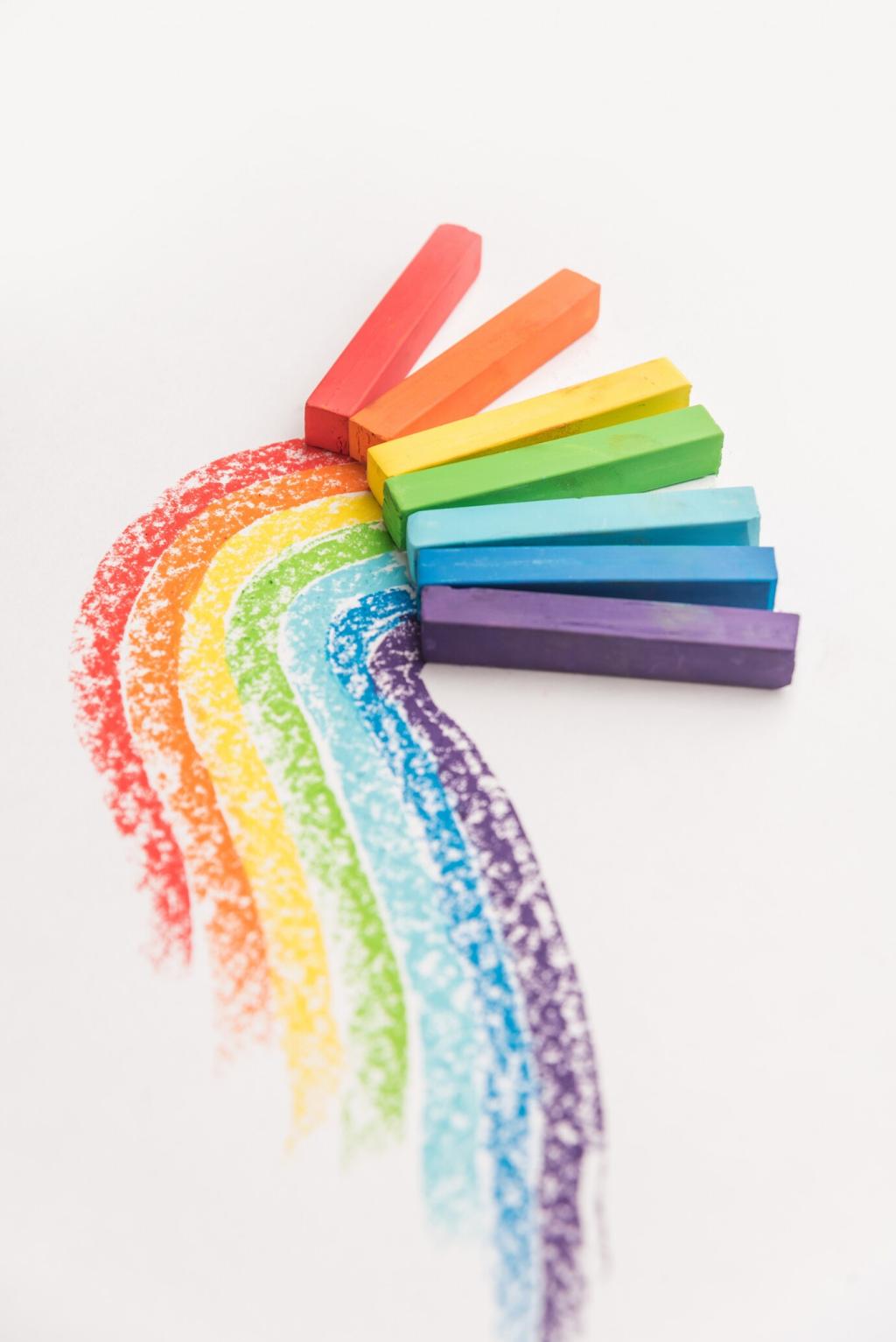
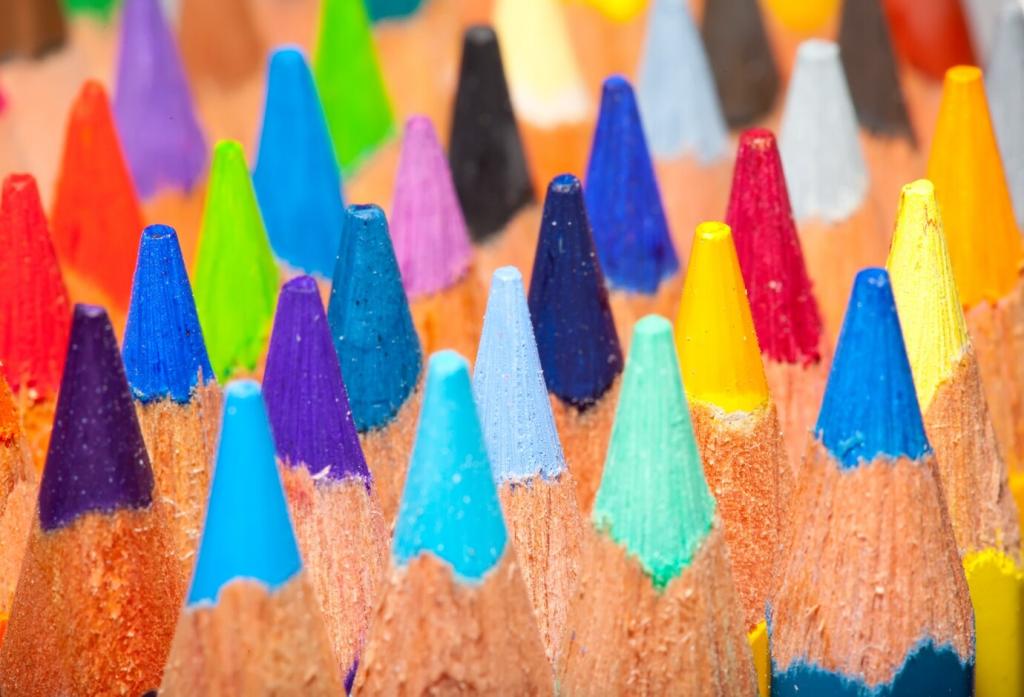
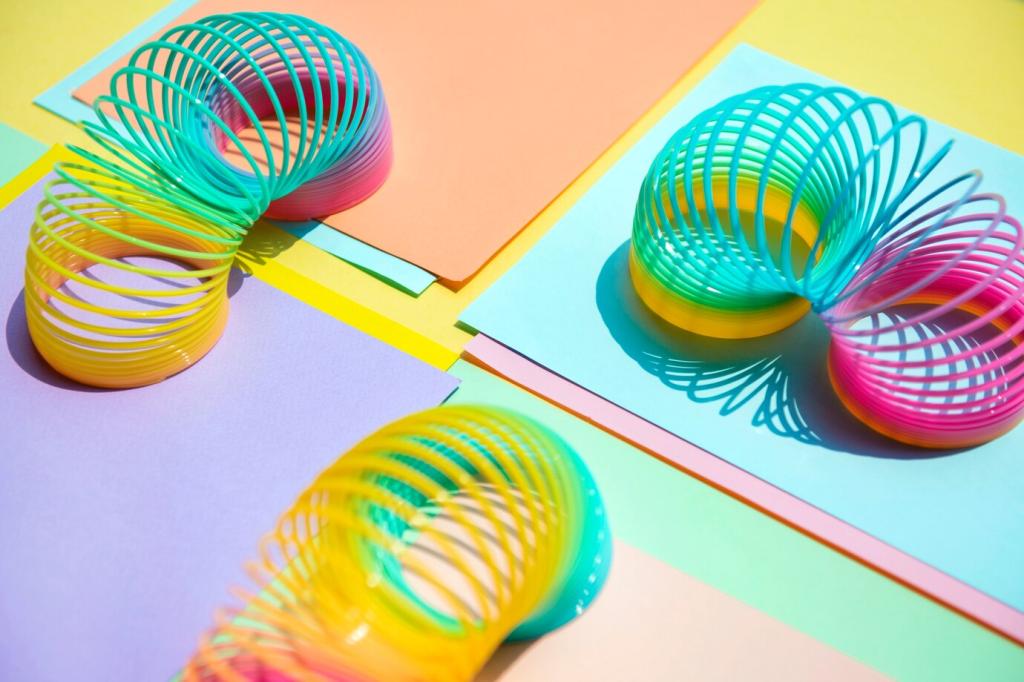
Afterimages: When Neurons Catch Their Breath
Staring at a bright red square tires red–green opponent channels. Look away at white, and the fatigued red pathway under-responds, letting green win briefly. The ghostly green afterimage is your circuitry recalibrating, not a lingering stain on vision.
Simultaneous Contrast: Neighbors Change Each Other
A gray patch can look bluish beside yellow or reddish beside green because the brain emphasizes differences to sharpen boundaries. This contrast enhancement, essential for detecting edges, can nudge neutral colors toward the complementary side of the spectrum.
Shadows, Checkers, and the Power of Context
In the checker-shadow illusion, identical tiles seem different because the brain discounts the shadow and preserves perceived surface. Contextual cues, like implied light direction, override raw measurements, proving color is always interpreted within a story about illumination.


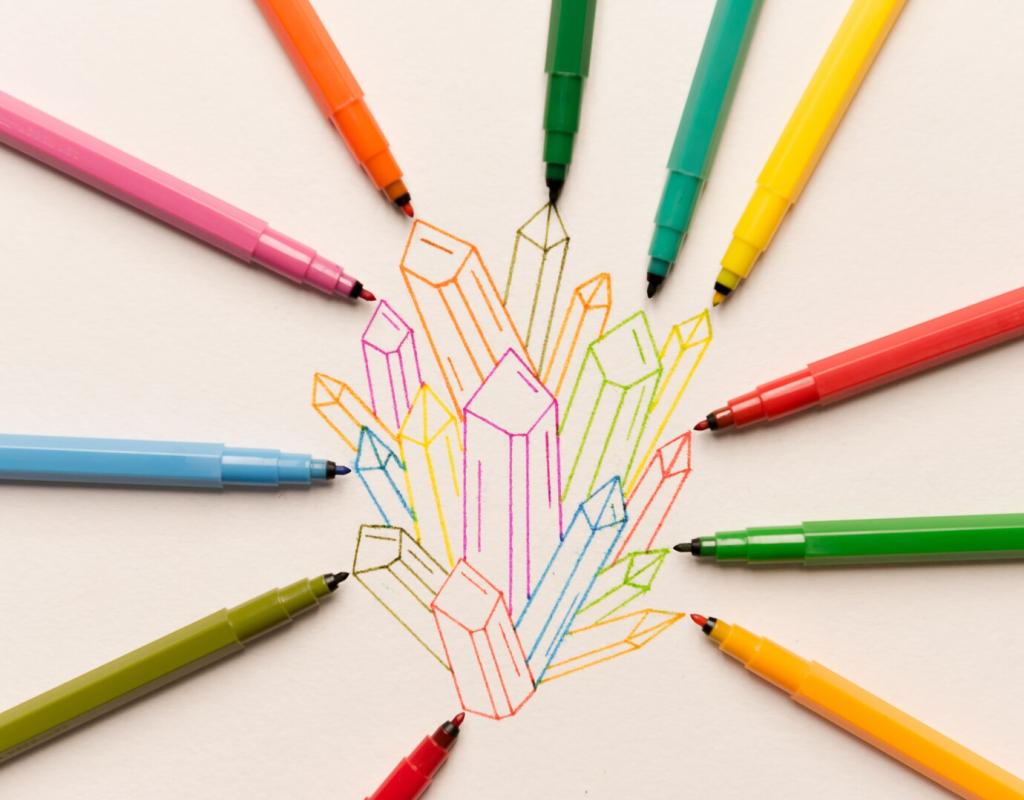
Language, Culture, and the Naming of Color
Speakers of languages that split light and dark blue tend to distinguish blues faster. Labels can prime attention and carve perceptual boundaries, letting the brain sort ambiguous shades more quickly when categories are clearly named and practiced.
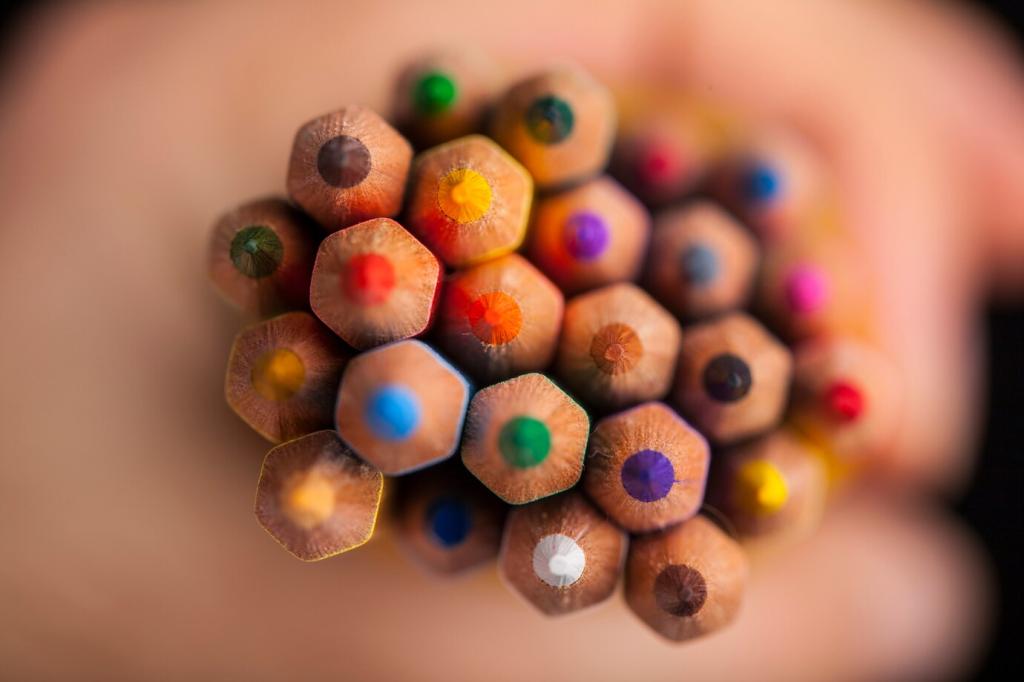
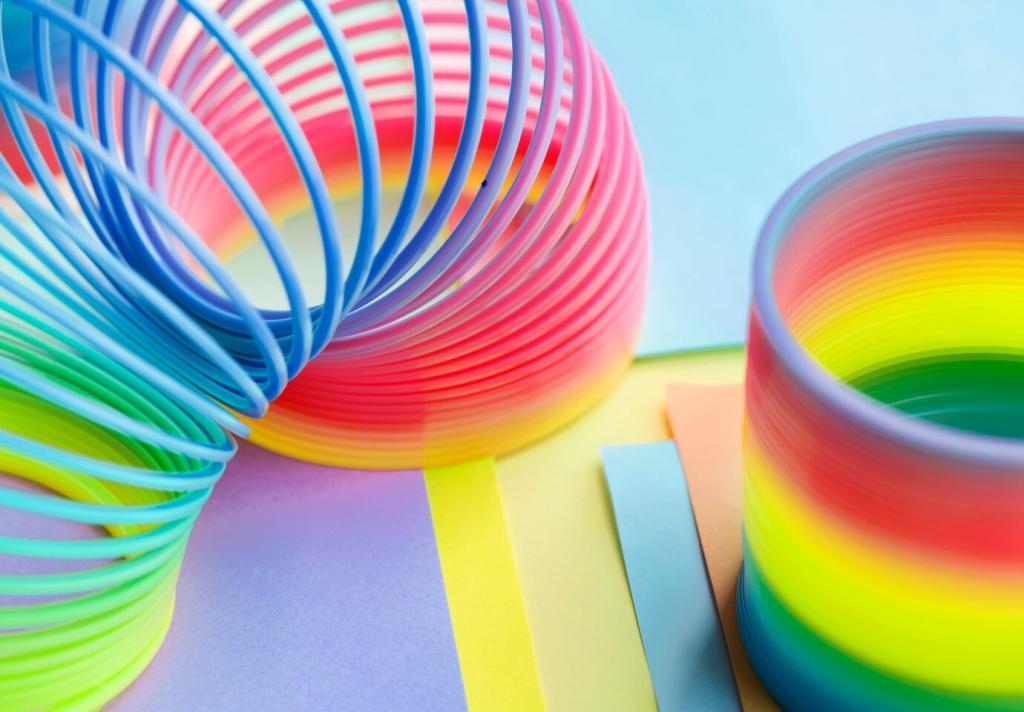
Language, Culture, and the Naming of Color
Children gradually align words with perceptual spaces, strengthening category boundaries. As labels stabilize, ambiguous hues become easier to sort. The brain’s developing networks merge visual statistics with social feedback to settle on culturally meaningful color partitions.
Designing with the Brain in Mind
Use color contrasts that survive color vision deficiencies, pair hue with shape or texture, and test with simulators. Accessibility is good science and good ethics, ensuring the brain can parse meaning even when chromatic channels differ.
